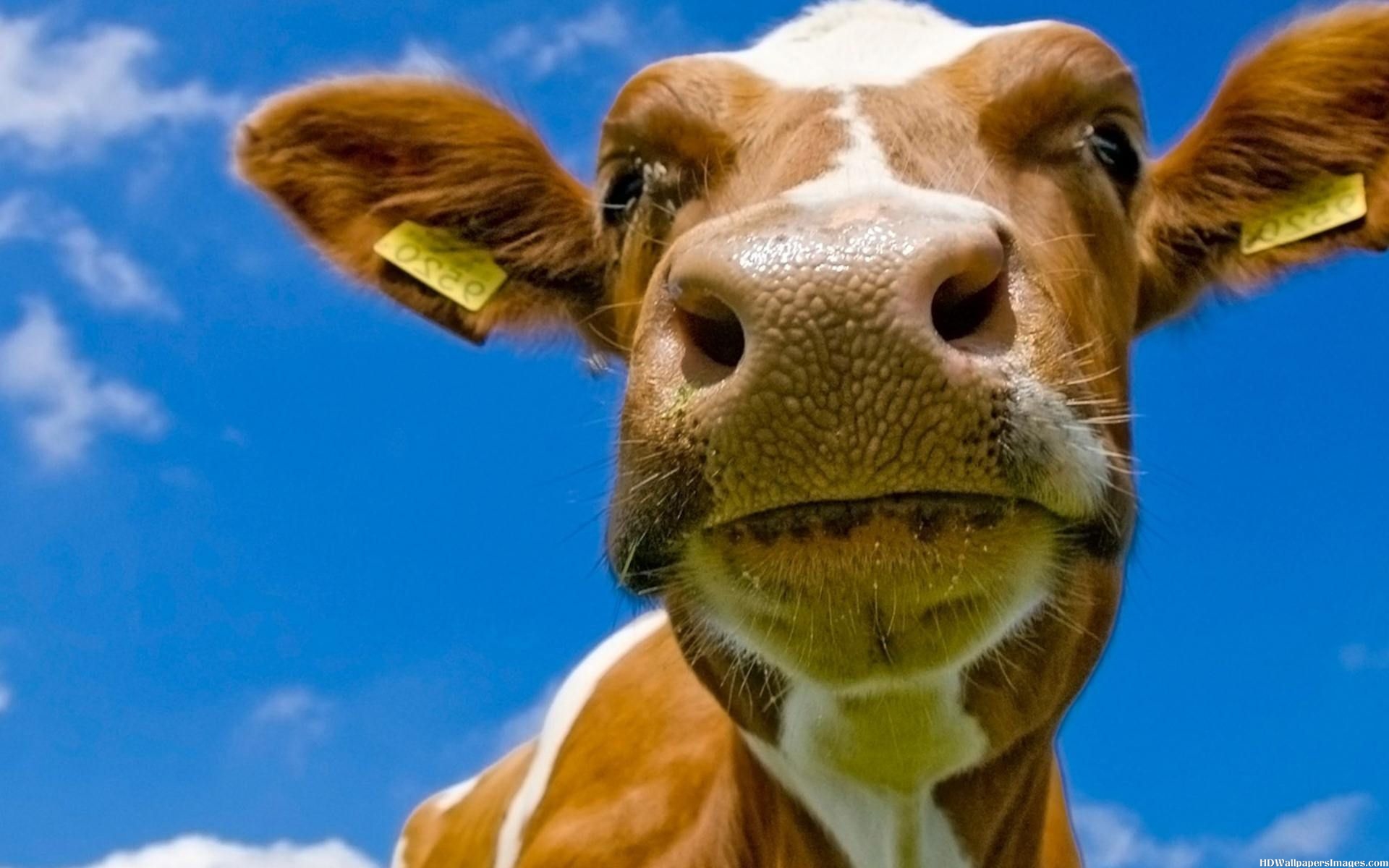Meat production is a well know contributing factor to climate change. Livestock is a major source of worldwide greenhouse gas emissions, as well as a large factor behind deforestation. Many have argued that a necessary step in mitigating climate change is a change in diet to eat less meat (O’Callahahan). However, Allen Savory offers a comprehensive solution to climate change by doing just the opposite. In his research, he has found that it is possible to safely sequester large amounts of carbon, and reverse desertification though the use of livestock. The approach is a plan to mimic nature through what he calls “holistic planned grazing.” The livestock (usually cattle) are bunched tightly together to till and fertilize the soil, turning the dry land into productive grasslands (Savory).
Each acre of land is able to sequester one ton of carbon per year through the increased bio-productivity, and there are 12 billion acres of land worldwide available for holistic planned grazing (Sacks).That means that it is possible to sequester 12 billion tons of carbon each year (the equivalent of 6ppm) (Sacks). According to his calculations this process has the potential to return the atmosphere to pre-industrial levels (280ppm) within thirty years (Sacks). That rapid of a change is astounding.
The process of all nations reducing their emissions enough to make an impact on climate change will be a slow one, even if aggressive action is taken. The possibility of this radicle mitigation approach through livestock is incredibly astounding and hopeful to me.
You can watch his ted talk below:
[youtube_sc url=”https://www.youtube.com/watch?v=vpTHi7O66pI” title=”ow%20to%20fight%20desertification%20and%20reverse%20climate%20change”]
Work Cited:
O’Callahahan ,Jonathan. “Eating meat is causing ‘dangerous climate change’, claim scientists.” Mail Online. Associated Newspapers, 1 Sept. 2014. Web. 24 Sept. 2014. http://www.dailymail.co.uk/sciencetech/article-2739143/Less-meat-key-food-security.html
Sacks, Adam D.. “The Fight Against Global Warming: A Failure and A Fix.” Savory Institute . N.p., n.d. Web. 24 Sept. 2014. <http://swelterdesigns.com/climate_articles/the%20fight%20against%20global%20warming%20-%20a%20failure%20and%20a%20fix%20r13%20-%20short.pdf>.
Savory, Allan . “How to fight desertification and reverses climate change.” TED2013. TED. Sustain!, Long Beach. 27 Feb. 2013. Speech.


Cattle that grazed according to Savory’s method needed expensive supplemental feed, became stressed and fatigued, and lost enough weight to compromise the profitability of their meat. And even though Savory’s Grazing Trials took place during a period of freakishly high rainfall, with rates exceeding the average by 24 percent overall, the authors contend that Savory’s method “failed to produce the marked improvement in grass cover claimed from its application.” The authors of the overview concluded exactly what mainstream ecologists have been concluding for 40 years: “No grazing system has yet shown the capacity to overcome the long-term effects of overstocking and/or drought on vegetation productivity.”
http://www.thewildlifenews.com/2013/11/12/allan-savory-myth-and-reality/
http://www.slate.com/articles/life/food/2013/04/allan_savory_s_ted_talk_is_wrong_and_the_benefits_of_holistic_grazing_have.html
http://freethoughtblogs.com/pharyngula/2013/03/17/adam-merberg-on-grazing-and-allan-savory-and-ted/
Thanks JC for adding your perspective on Savory’s holistic planned grazing system. And for the links to evidence-based critical evaluations of his approach!
This is definitely a twist on the idea of reducing greenhouse gas emissions by cutting down on your burgers and steaks. As it might be hard to convince consumers not eat so much meat, Allan Savory’s solution might be a way to avoid convincing so many people to change their eating habits. I also wonder though, if for such a scheme to work, would livestock manure have to be used? or could any type of compost, like the compost used at the Dickinson farm, serve the purpose of growing such productive grasslands?